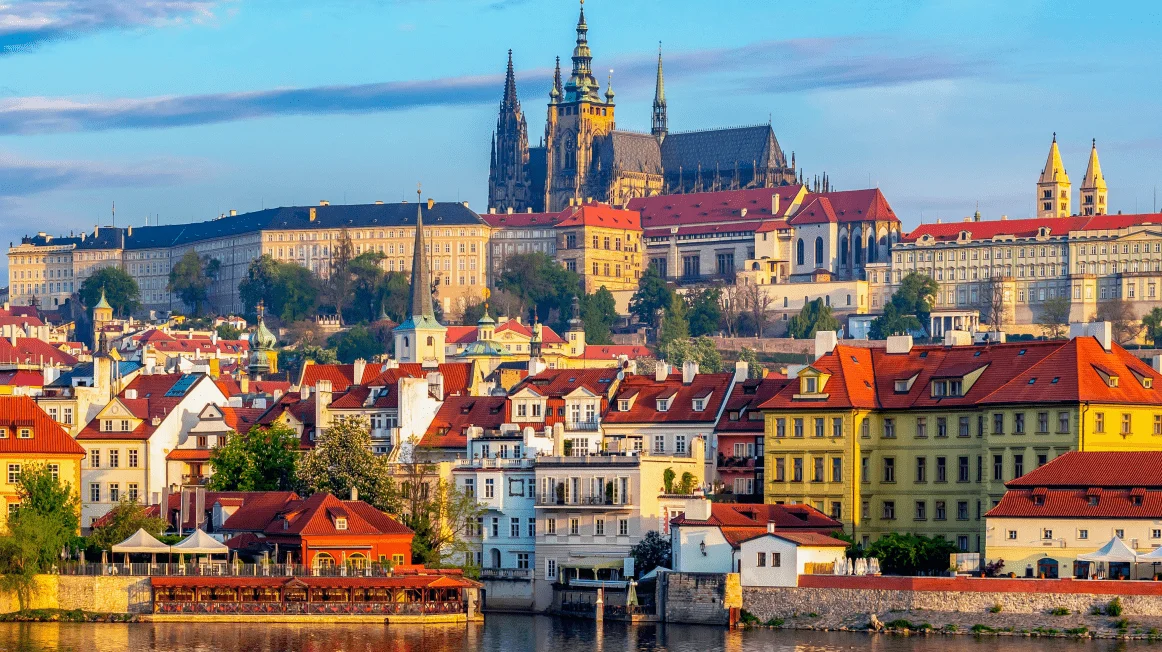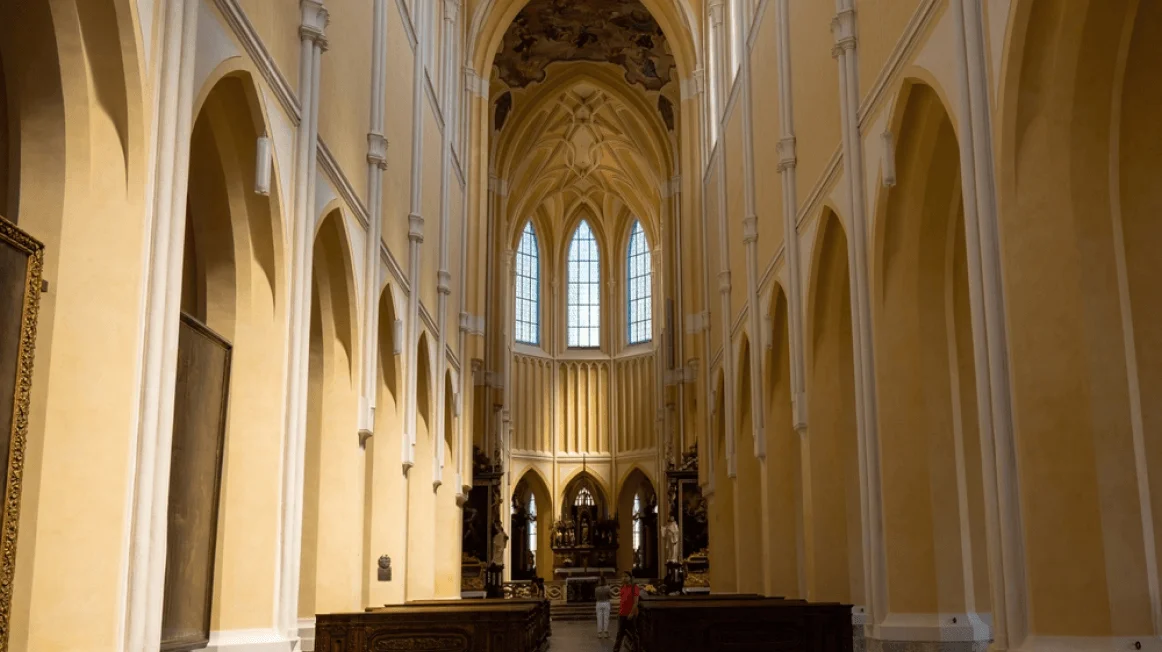
The tales of Czech history have been written across centuries featuring huge cultural influences, political turmoil and resilience. The Přemyslid dynasty made sure that the Kingdom of Bohemia was taken seriously during the 9th century. The mediaeval castle in Prague made ruling easy as it was transformed into the nucleus of the kingdom. After the Bohemian crown annexed Silesia and Moravia, the Roman Empire took over. King Charles IV’s reign is considered the best time for the flourishing of arts,education, urban development and culture, often referred to as the Golden Age. Later, The Bohemian landscape was then transformed into a battleground for radical political and religious ideologies. This period also experienced immense internal friction and external intervention. Ultimately the Habsburg dynasty stabilised the Czech lands and began Austrian reign.
Once the Austro-Hungarian Empire collapsed in the 20th century, Czechoslovakia was established in 1918. Even though the independent lands gained much economic and cultural advancement, it was ceded to Nazi Germany in 1938. Czechoslovakia also fell under Soviet reign once the war was over. Peaceful protests brought an end to the communist era and the Czech Republic and Slovakia then became two independent nations.





